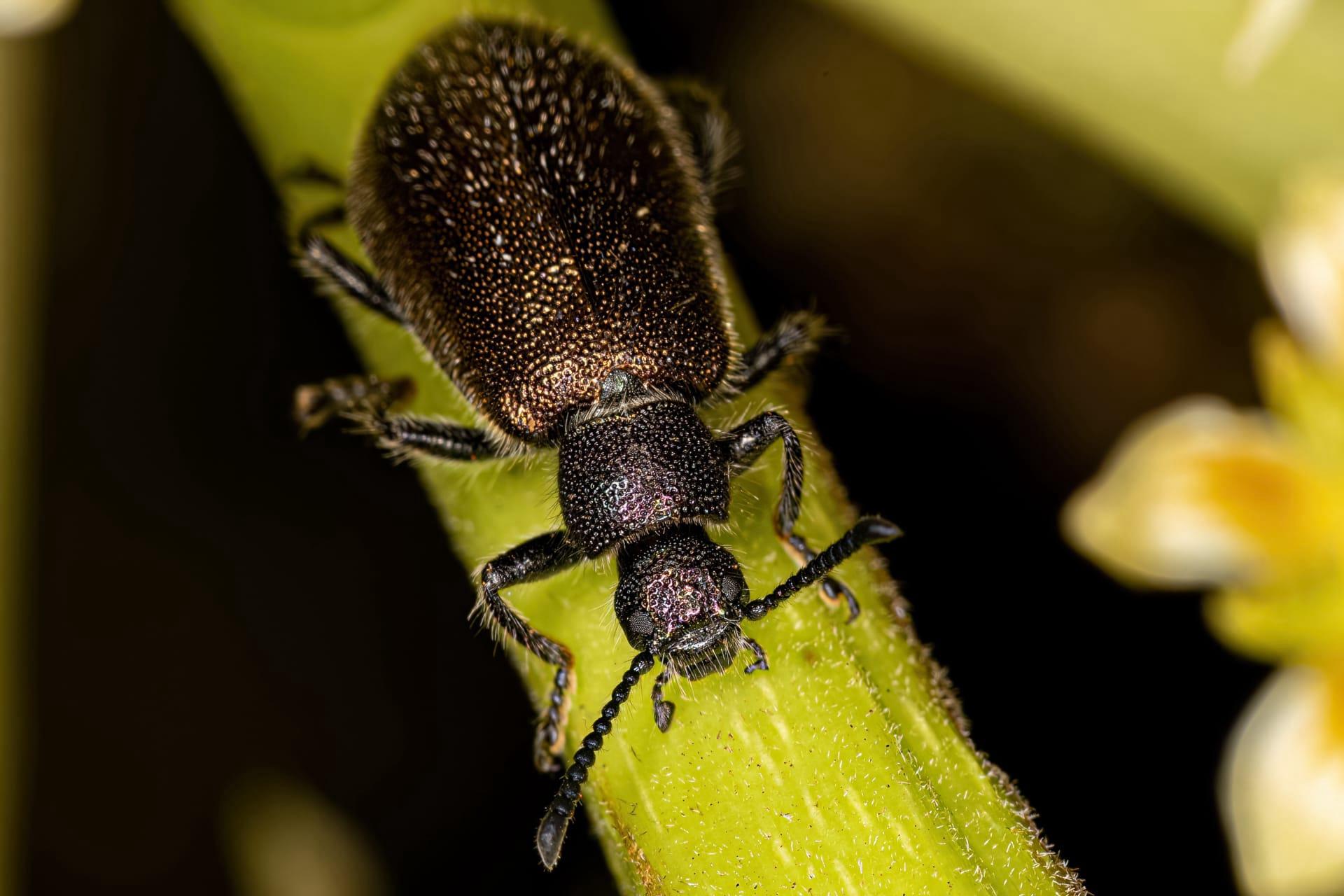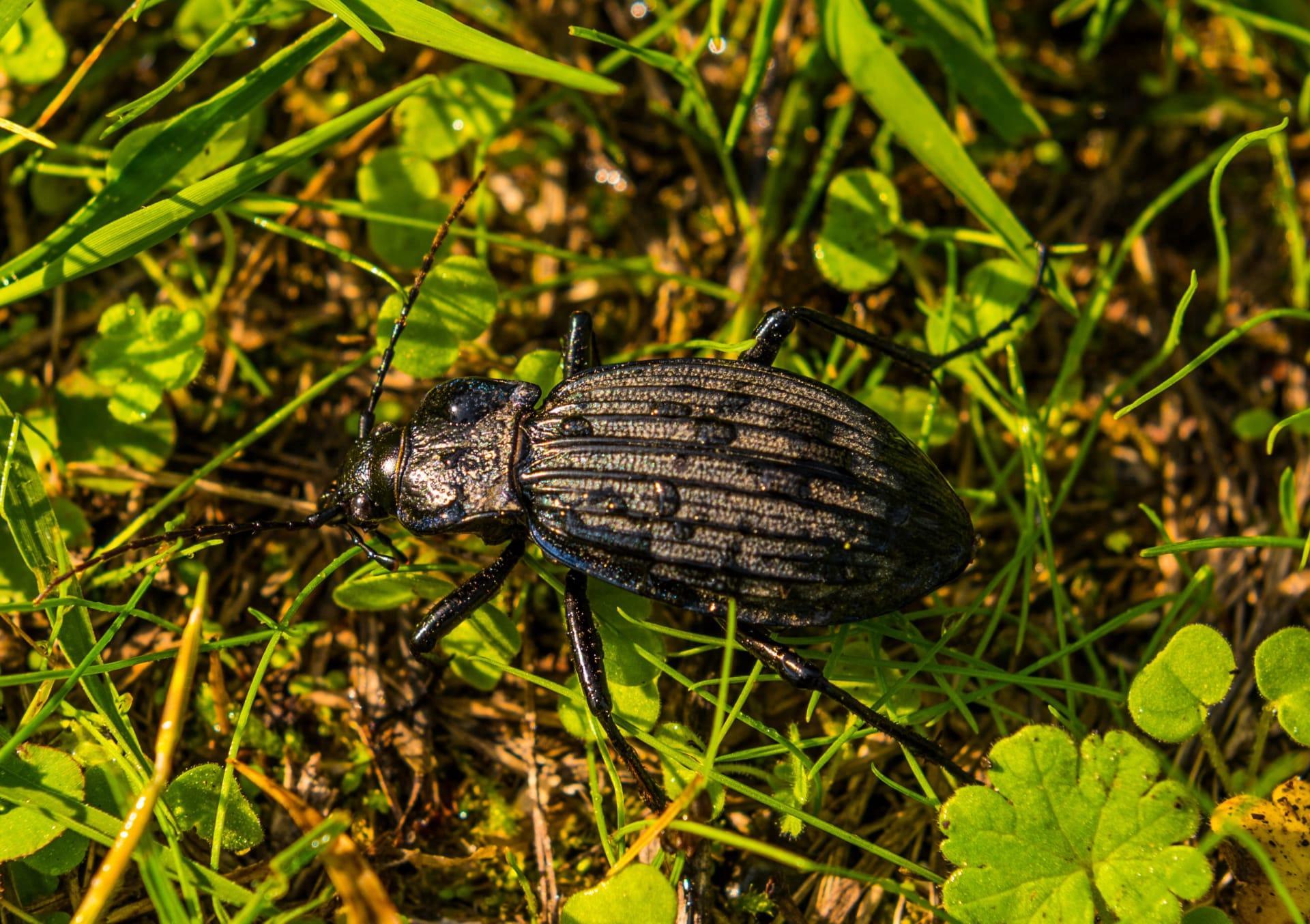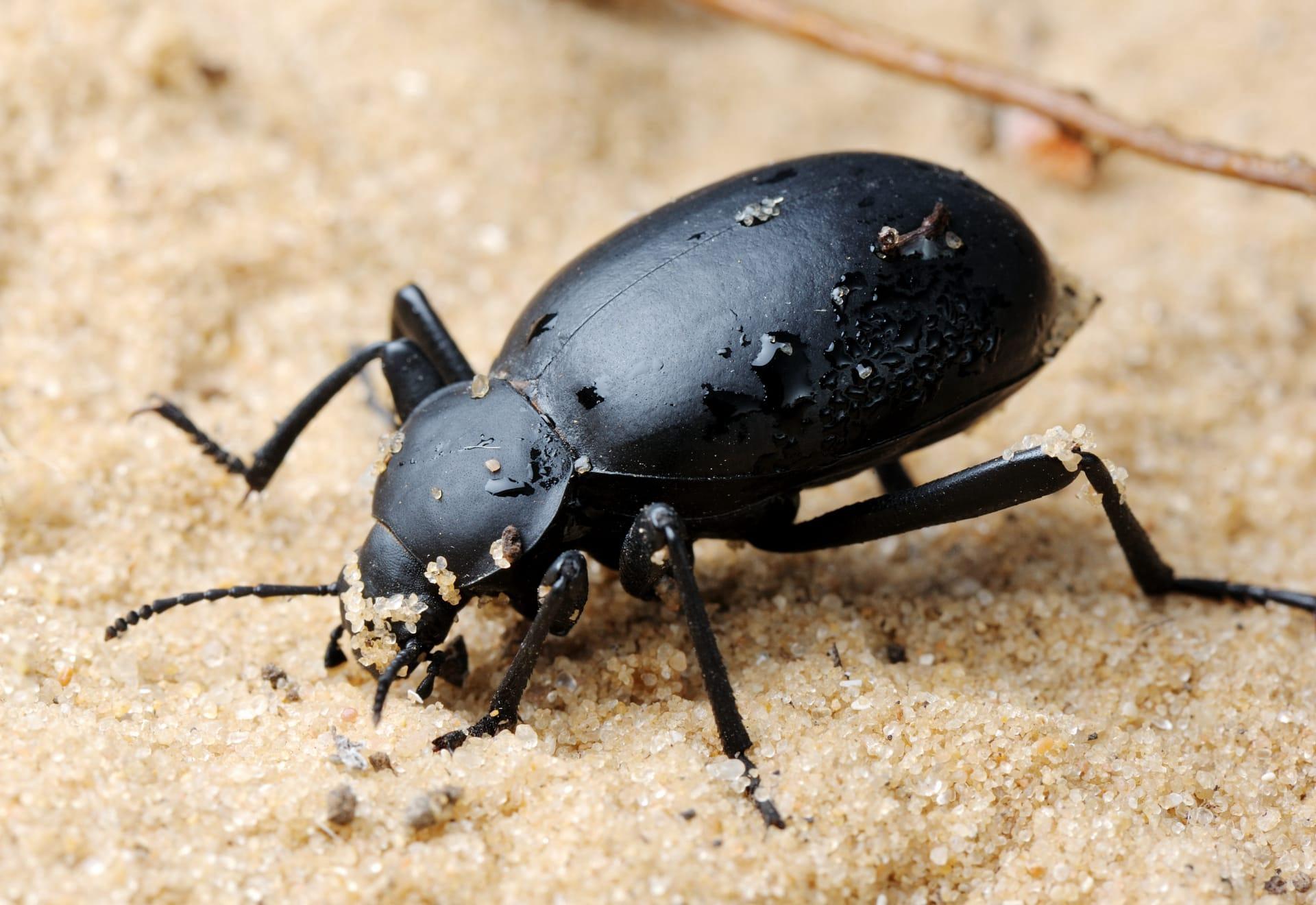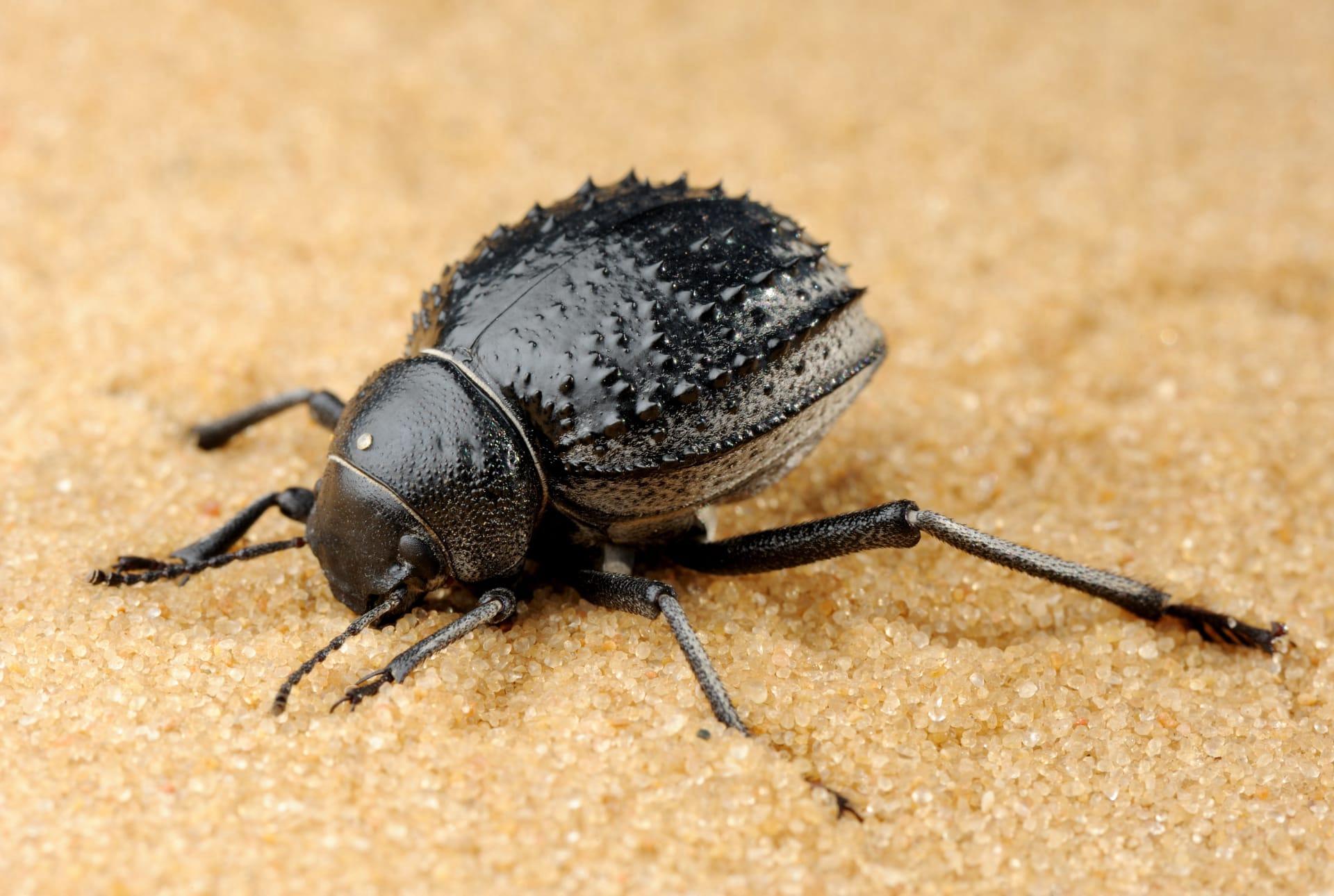Darkling Beetle Trivia
- Home /
- Trivia Question /
- Animal /
- Darkling Beetle Trivia
1
Question: What distinguishes the Darkling Beetle from other beetle species in terms of physical appearance?
Answer: Darkling beetles are easily recognized by their distinct, hard exoskeleton that's usually black or dark brown. They range in size from about 0.5 to 1.5 inches long, with a robust, somewhat rounded shape. Unlike many beetles, they lack wings or have vestigial wings, meaning they're primarily ground dwellers. Their antennae are quite noticeable, being about half the length of their body and segmented, providing them with an excellent sense of touch and smell.
Question: How long do Darkling Beetles typically live, and what factors influence their lifespan?
Answer: The lifespan of Darkling Beetles can vary widely, usually between 3 months to a year, heavily influenced by environmental conditions like temperature and humidity. In captivity, with optimal conditions, they can live longer, up to 2 years. Factors such as availability of food, quality of habitat, and predation pressure in the wild play significant roles in determining their lifespan. They thrive in warm, dry environments, which is why they're often found in arid regions or deserts.

2
Question: Is it true that Darkling Beetles can survive without water for long periods?
Answer: Yes, Darkling Beetles have a remarkable ability to survive in dry conditions. They obtain moisture from the food they consume, which can include fresh and decaying plant matter, fruits, and even other insects. Their exoskeletons are highly efficient at conserving water, a trait that enables them to thrive in arid environments. However, they do need some moisture to survive, and prolonged drought conditions can be challenging for them.
Question: Do Darkling Beetles pose a threat to crops or stored food?
Answer: Generally, Darkling Beetles are not considered major agricultural pests. However, some species within this group, especially in their larval stage, can feed on stored grains or damage plant roots, leading to minor agricultural issues. But, they are more often found feeding on decomposing plant matter, playing a role in nutrient recycling in their ecosystems. It's important to note that they are not known to cause significant damage to crops like some other beetle species.

3
Question: What is the role of Darkling Beetles in their ecosystem?
Answer: Darkling Beetles play a crucial role in their ecosystems as decomposers. They feed on decaying plant material, animal remains, and even feces, helping to break down and recycle nutrients back into the soil. This activity enriches the soil and supports plant growth. Additionally, they serve as a food source for a variety of animals, including birds, reptiles, and mammals, thus contributing to the food chain.
Question: How do Darkling Beetles defend themselves from predators?
Answer: Darkling Beetles have several defense mechanisms. Their hard exoskeleton provides physical protection against small predators. When threatened, they often play dead, reducing the chance of attracting attention. Some species can secrete a pungent or irritating substance from their abdomen to deter predators. This chemical defense, along with their dark coloration, which offers excellent camouflage, especially at night, helps them evade many potential threats.

4
Question: Can Darkling Beetles be beneficial for humans in any way?
Answer: Yes, Darkling Beetles, particularly in their larval stage known as mealworms, are beneficial in several ways. They are used as a protein-rich food source for pet reptiles, birds, and fish. In recent years, mealworms are being explored as a sustainable protein option for human consumption, given their high protein content and low environmental footprint. Additionally, their ability to consume plastic waste is being researched, potentially aiding in waste management.
Question: Are Darkling Beetles capable of flight?
Answer: Most Darkling Beetles are not capable of flight. While they belong to the order Coleoptera, which includes many flying beetles, Darkling Beetles typically have either fused wing cases (elytra) or underdeveloped wings, making them primarily terrestrial. This adaptation suits their lifestyle, as they are mostly ground dwellers and are adept at navigating through underbrush and soil.

5
Question: What is the reproductive process of Darkling Beetles like?
Answer: Darkling Beetles lay eggs in soil or substrate. The female beetle can lay hundreds of tiny, white eggs over her lifetime. These eggs hatch into larvae, known as mealworms, which undergo several molts as they grow. After the final larval stage, they enter a pupal stage, where they metamorphose into adult beetles. This entire process from egg to adult can take several months, depending on environmental conditions.
Question: How do Darkling Beetles adapt to extreme temperatures in their habitat?
Answer: Darkling Beetles are adept at surviving in extreme temperatures, especially in hot, arid environments. They are mostly active during cooler periods like night or early morning to avoid the intense heat of the day. Their dark-colored exoskeleton helps them absorb heat quickly when it's cool and seek shade to regulate their body temperature when it's hot. In colder environments, they seek shelter under rocks or in soil to maintain their body temperature and survive until conditions become favorable again.